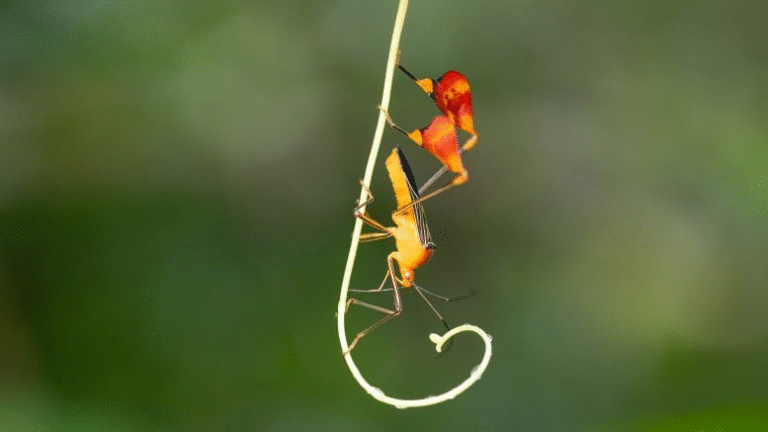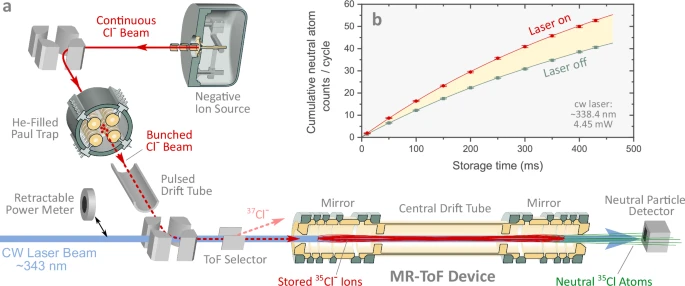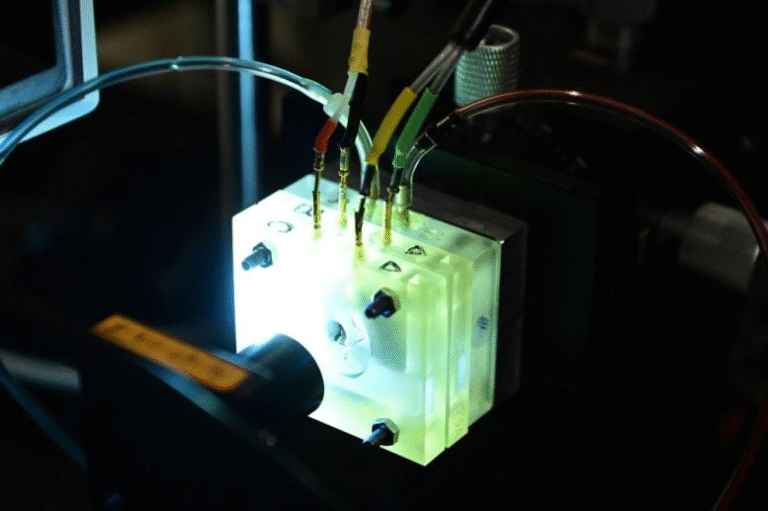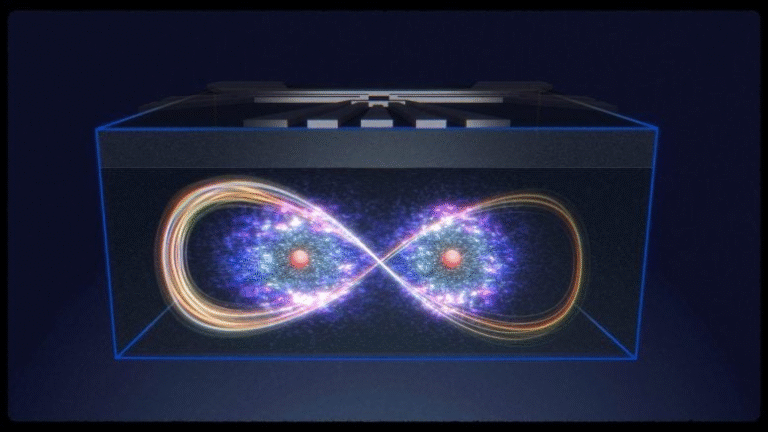Ancient Space Droplets Reveal When Jupiter Was Born

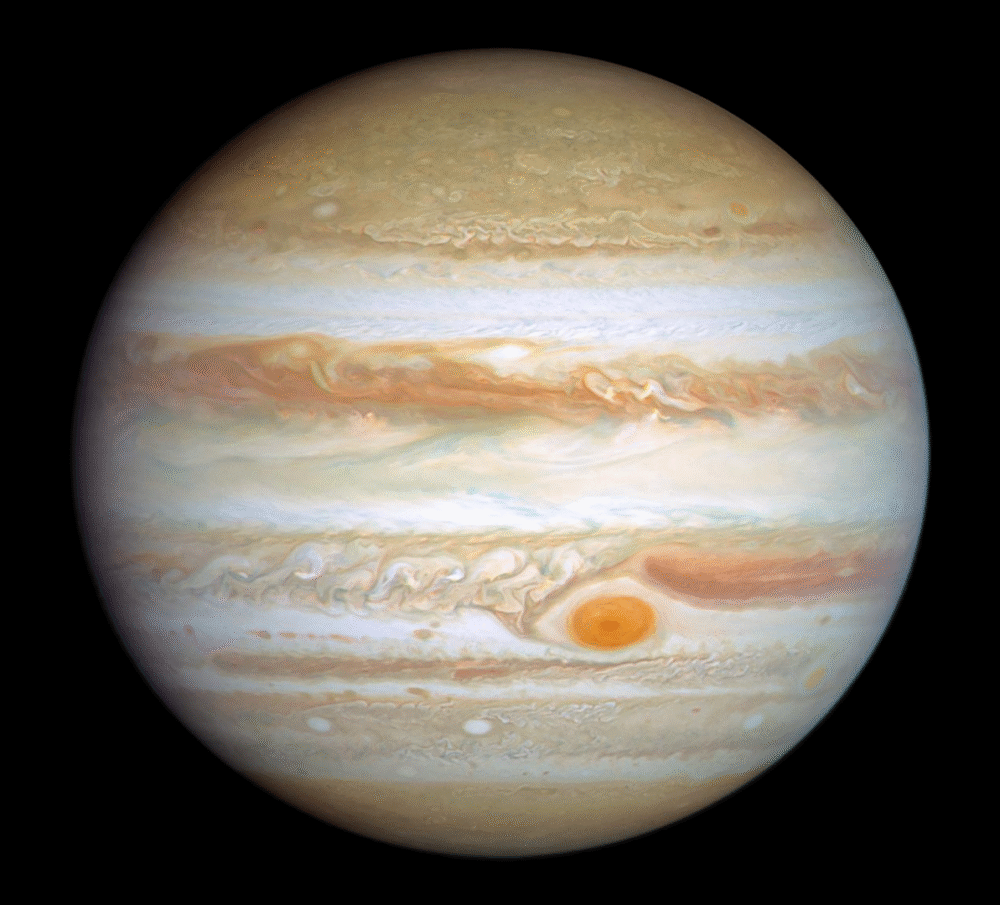
Imagine holding a meteorite in your hand and realizing it carries tiny time capsules from the dawn of our solar system. That’s exactly what scientists have discovered: little molten droplets trapped inside meteorites that reveal the moment Jupiter — the giant of our solar system — came into existence.
For decades, researchers have puzzled over how these droplets, known as chondrules, formed. Now, thanks to new research from Nagoya University in Japan and the Italian National Institute for Astrophysics (INAF), we finally have an answer — and it’s a story that takes us back 4.5 billion years to the chaotic early days of our solar system.
The Chaos of Jupiter’s Birth
Back when the Sun was still young, space was swarming with countless rocky and icy objects called planetesimals. These were the building blocks of planets — small but mighty chunks of rock, dust, and ice.
As Jupiter began to grow rapidly, its enormous gravity pulled these planetesimals into chaotic new orbits. The result? High-speed collisions unlike anything we could imagine today. These crashes were so intense that the rocks didn’t just shatter — they melted.
Out of this cosmic violence came chondrules: tiny molten spheres that cooled into solid droplets. Many of them were eventually locked inside asteroids, and billions of years later, fragments of those asteroids crash-landed on Earth as meteorites. That’s how we came to find them.
Water, Steam, and Microscopic Explosions
Here’s the fascinating part: it wasn’t just the collisions that shaped these droplets, but the water inside the planetesimals.
“When planetesimals collided, the water inside them instantly turned into steam,” explained Professor Sin-iti Sirono of Nagoya University. This expanding steam acted like miniature explosions, blasting apart the molten rock into perfectly round droplets.
Previous theories struggled to explain why chondrules had such uniform shapes and cooling patterns. But this new model doesn’t require unlikely conditions. Instead, it shows that Jupiter’s birth naturally created the perfect recipe for chondrule formation.
Simulations Meet Meteorites
To test their theory, the team created advanced computer simulations of Jupiter’s early growth. These simulations showed how its gravity caused relentless collisions between rocky and water-rich planetesimals.
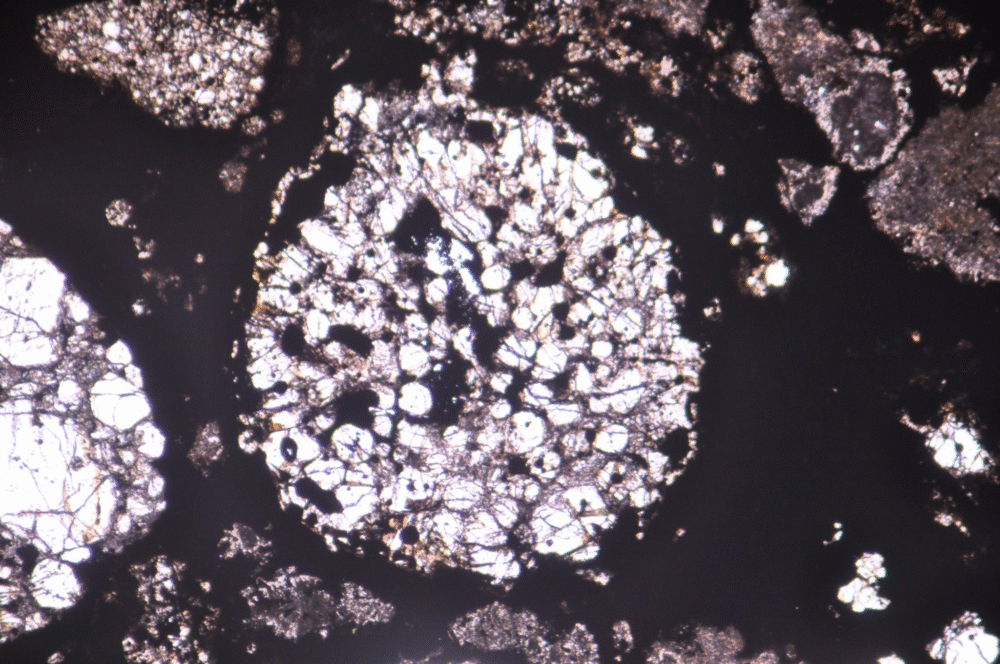
Then came the exciting part: they compared the simulated chondrules to the ones found in meteorites on Earth. The match was remarkable. The simulated droplets had the same size, texture, and cooling rates as the real ones.
This led to an incredible realization: the peak of chondrule production happened exactly 1.8 million years after the solar system began. That means we now know when Jupiter officially came into being.
As Dr. Diego Turrini from INAF put it, “Chondrule production coincides with Jupiter’s rapid growth. The meteorites tell us that this was the moment Jupiter was born.”
A New Cosmic Clock
This discovery does more than just solve a long-standing mystery — it provides a new way to date planetary formation.
Chondrules of different ages are found in meteorites, which suggests that Jupiter wasn’t the only planet to cause such dramatic fireworks. Other giants like Saturn likely triggered their own chondrule-making collisions when they were born. By studying these droplets, scientists can essentially reconstruct the birth order of the planets in our solar system.
But the story doesn’t stop here. If this process happened around our Sun, it’s very likely happening in other star systems too. That means chondrules could be universal markers of how planets form across the galaxy.
The Big Picture
What makes this discovery so breathtaking is the connection between something microscopic and something monumental. Inside meteorites no bigger than your hand, we find tiny molten rock droplets — survivors of violent collisions from billions of years ago. These droplets, preserved through eons of cosmic wandering, carry the signature of Jupiter’s birth.
It’s a reminder that even the smallest details in space can tell us the biggest stories. And in this case, those ancient “molten rock raindrops” have finally revealed when our solar system’s giant first came to life.

